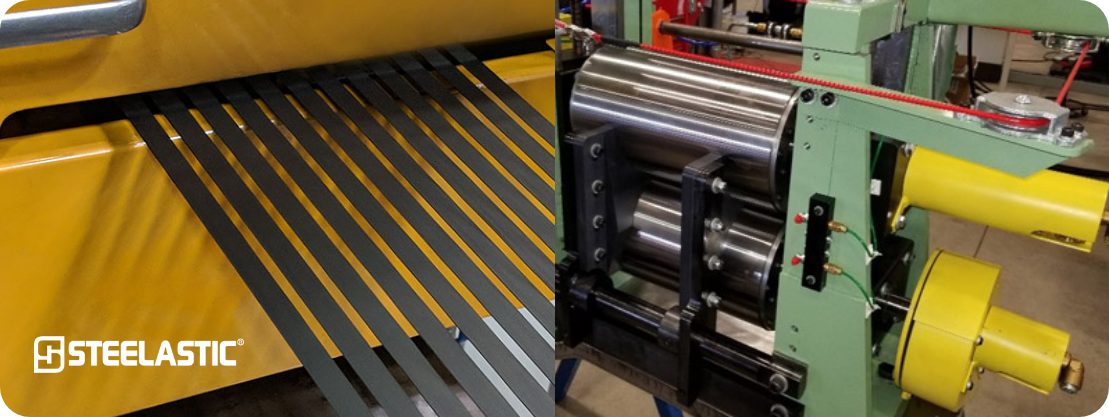
In tire manufacturing, the tire calendering process is just “the way it’s always been done.” But it’s not the only way. A calenderless tire plant will have some clear differences in several different aspects, including cost and other factors.
If you’re curious about going calenderless with your tire component production and how the process compares to a traditional calendering plant, read on.
Cost
The bottom line is often top of mind. Compare startup, overhead and production costs between calender vs calenderless plants.
Overhead Cost of Calender Tire Production
With traditional calender tire production, an appropriately sized plant requires estimated building costs of $94.5 million; machine investment of $139 million; and annual production costs of $104 million.
Overhead Cost of Calenderless Tire Production
For equivalent production in a calenderless plant, building costs are lower due to the smaller footprint: $92.3 million. Machine investment costs are $136 million and total annual production costs are $102.8 million.
Calenderless systems also require lower utility costs, consuming significantly less per in electricity, cooling water, compressed air and steam.
Lead Time
Turnaround Time for Calender Tire Production
Calender production equipment typically requires 75 weeks of lead time (about a year and a half).
Turnaround Time for Calenderless Tire Production
Lead time for the calenderless solution is shorter by nearly six months (52 weeks compared to 75).
Training
Operator Excellence Training Period for Calender Tire Production
Operator training (operator excellence training period) is two years for calender systems.
Operator Excellence Training Period for Calenderless Tire Production
For calenderless systems, operator training time is reduced from two years to six months.
Footprint
Footprint Size for Calender Tire Production
Calendered systems are larger in comparison and require additional capital equipment, resulting in greater equipment footprint.
Footprint Size for Calenderless Tire Production
Equipment for a calenderless process occupies a smaller footprint and doesn’t require complex off-line processing, pre-calendering equipment, work in process staging areas, and other machinery.
Installation
Installation Time for Calender Tire Production
Typical installation time for calender equipment is 16 to 24 weeks and requires special planning and pours for concrete footers to bear the equipment weight.
Installation Time for Calenderless Tire Production
For a calenderless solution, you can expect installation time of four to six weeks.
Flexibility
Production for Calendered Solutions
Recouping costs on a calendered system requires high-volume production on single SKUs, and switching up lines entails cumbersome changes.
Production for Calenderless Solutions
Calenderless systems allow you to adapt your production line as needed, including producing low-volume runs for multiple SKUs and the ability to process a wide range of materials with low changeover time.
ROI
Return on Investment for Calender Tire Production
For a two-million-tire capacity plant, a calender process reaches profitability in about year 8. For a six-million-tire capacity, profitability is reached in year five.
Return on Investment for Calenderless Tire Production
For a two-million-tire capacity plant, the calenderless plant reaches profitability in year 7—nearly a full year ahead of the calendered one.
For a six-million-tire capacity, the calenderless tire plant reaches plant profitability in year five—simultaneously with the calendered plant.
Partner With the Experts
At Steelastic, we offer rubber extrusion systems that provide many benefits over traditional calender tire production systems. For millions less in investment and annual production costs, you can produce a greater variety of products, switch seamlessly between SKUs, gain precise width, gauge, and angle control, and enjoy less than 1% scrap.
We’ve dedicated a large portion of our facility to R&D and invite you to test our equipment with your components to see for yourself how a calenderless tire plant could be a viable reality for you, no matter what type of tire you produce.
Start a conversation with us and explore how the Steelastic calenderless solution adapts to your needs.